Alphonse Mucha: Art Nouveau Visionary
The North Carolina Museum of Art
October 23, 2021 through January 23, 2022
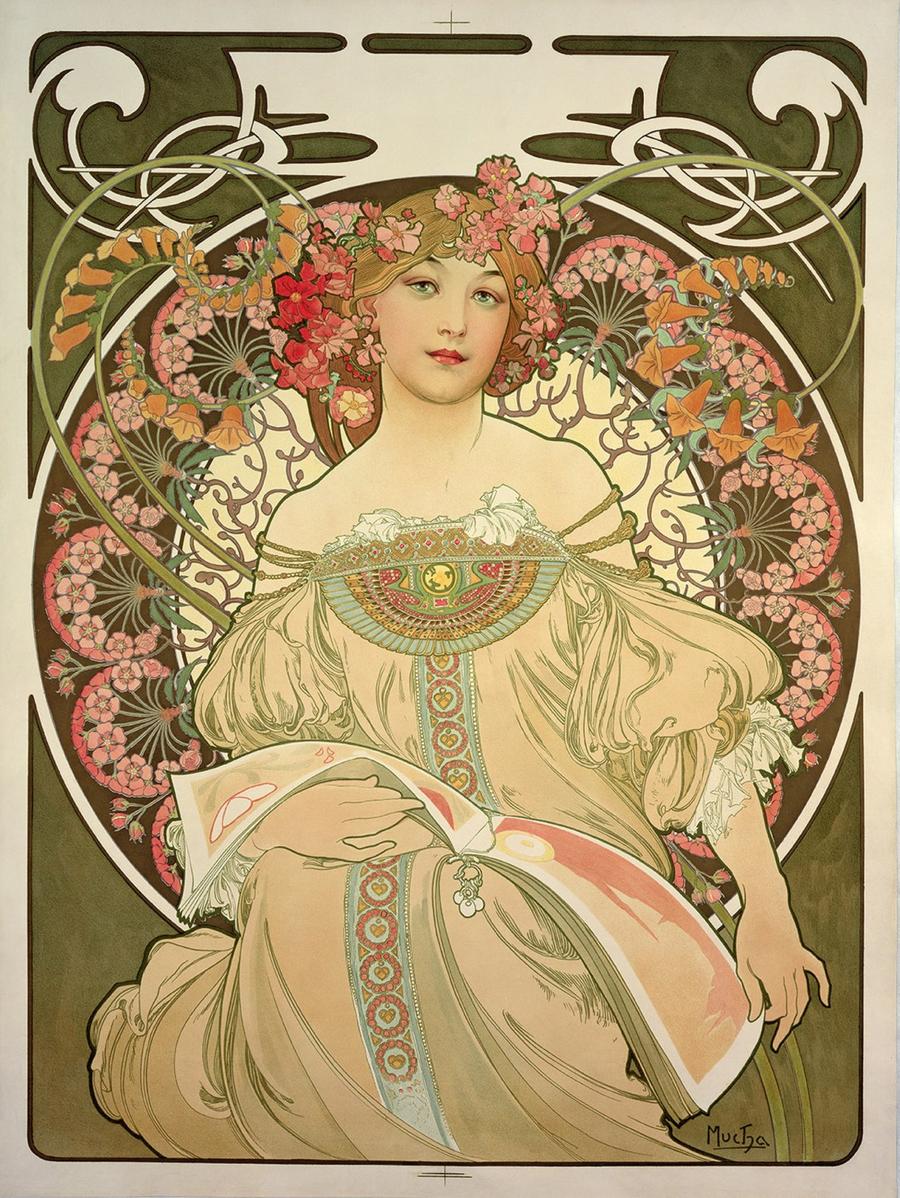
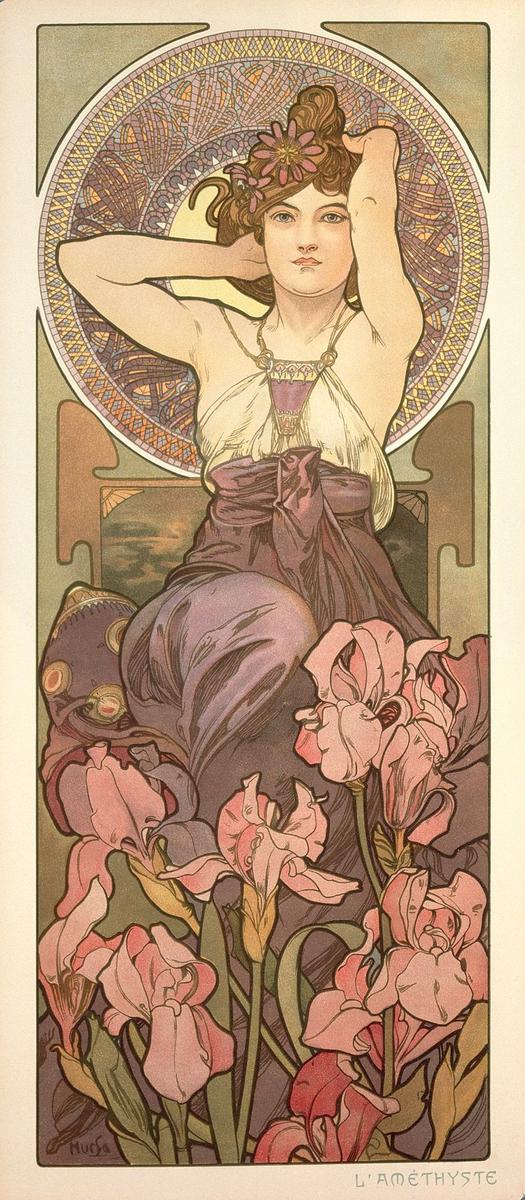
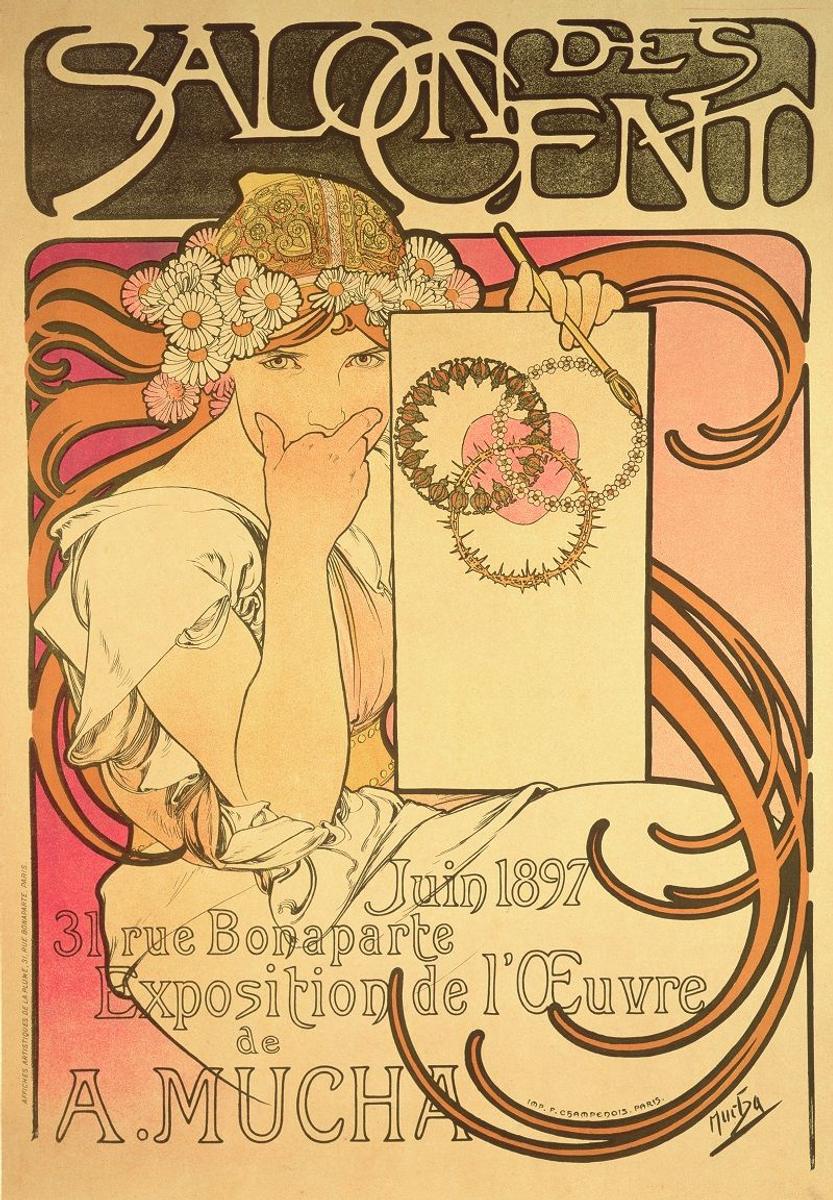
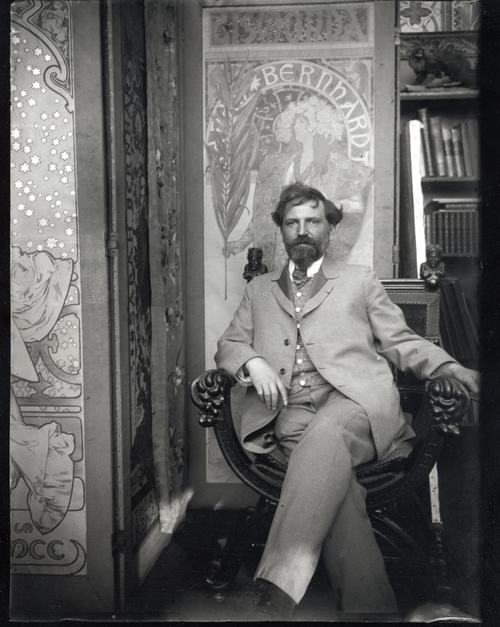
The North Carolina Museum of Art (NCMA) announced its fall 2021 exhibitions, including Alphonse Mucha: Art Nouveau Visionary, opening October 23, 2021, and on view through January 23, 2022.
Czech-born Alphonse Mucha (1860–1939) was one of the most influential and celebrated artists in turn-of-the-20th-century Paris. He is best known for his graphic work, such as theater posters for superstar actress Sarah Bernhardt and decorative panels and advertisements featuring graceful women. Mucha created a distinctive approach characterized by harmonious compositions, sinuous forms, organic lines, and muted colors, which became synonymous with the decorative style called art nouveau.
“This fall the North Carolina Museum of Art is pleased to present a series of exhibitions that span the 19th to the 21st centuries and offer insight into art made in different parts of the world,” says Valerie Hillings, Museum director. “Our fall season features internationally beloved and recognized work by Alphonse Mucha alongside local, national, and international contemporary artists who explore a range of techniques and social and cultural histories.”
Despite the powerful impact of Mucha’s style, his ideas behind its development are less well known. Alphonse Mucha: Art Nouveau Visionary draws on the latest research to examine the theoretical aspects of his style, which evolved as a language for communication with the wider public. Featuring some 100 objects from the Mucha Trust collection, including rarely seen works from the artist’s family, the exhibition looks at Mucha’s contributions to the art nouveau style and how he later used his visual language to express his vision for an independent Czechoslovak nation.
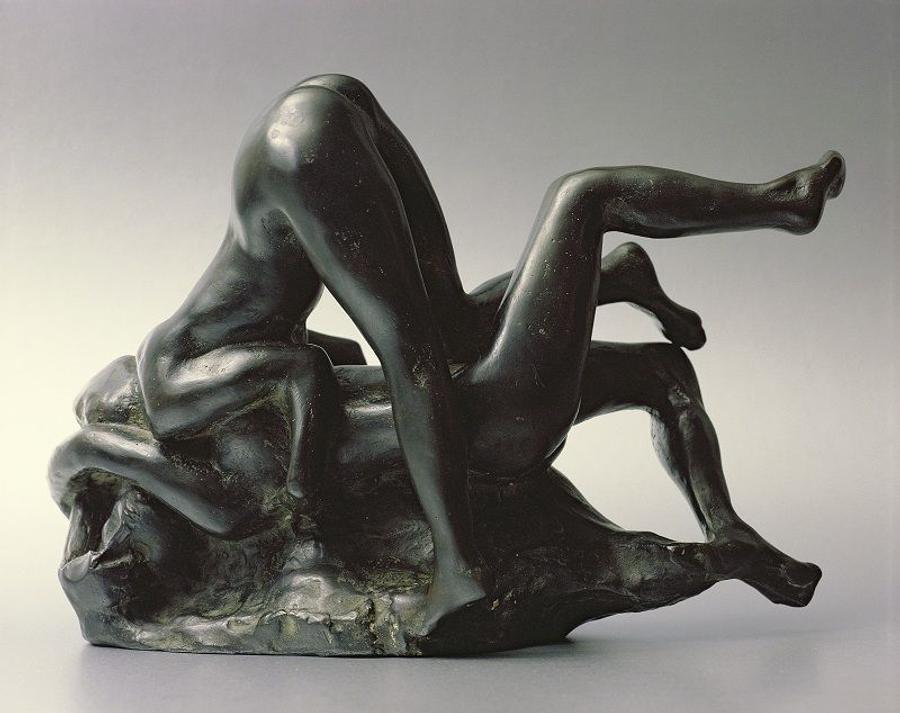
The international scope of Mucha’s aesthetic, influences, and impact are elaborated in the exhibition and accompanying catalogue through the addition of works from the North Carolina Museum of Art collection and new research on their relationship to Mucha’s art and times.

Comments
Post a Comment